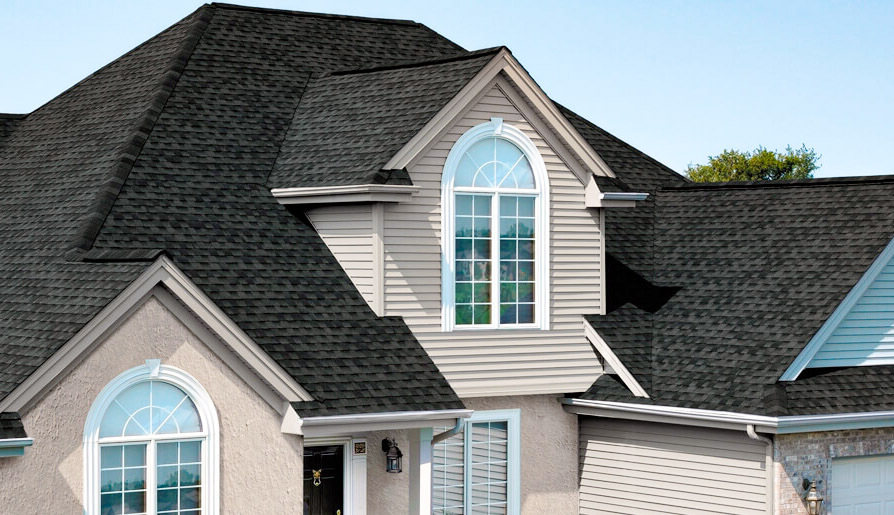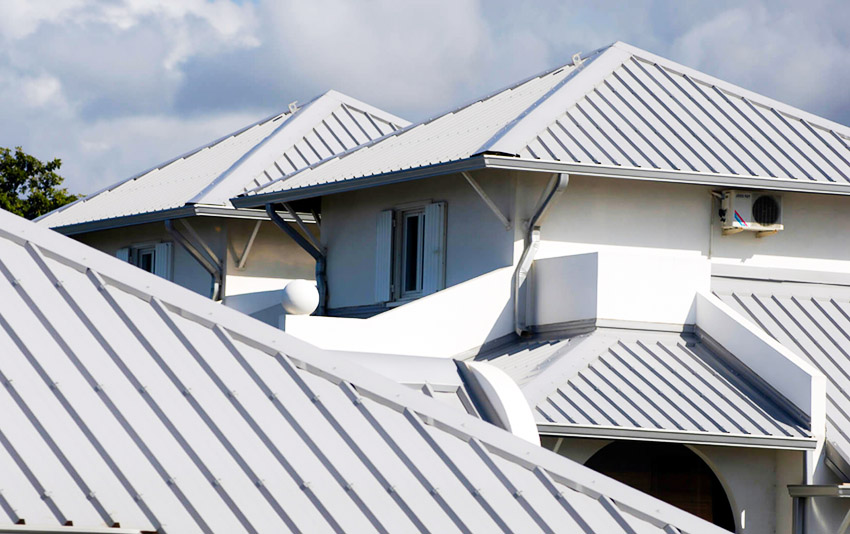Leaks in roofs are a common problem that can lead to costly repairs if not detected and addressed quickly. It is important for homeowners to be aware of the most common signs of leaks on their roof so they can take action before any further damage occurs.
This article will provide an overview of the various warning signs, how to observe them, and what steps should be taken once a leak is discovered.
It is vital for homeowners to identify potential problems early as water damage from leaking roofs can cause significant structural issues and even mold growth over time. By understanding the various indicators of leaks and being proactive about inspecting your roof regularly, you can save yourself considerable money and effort down the line.
Sagging Areas Of The Roof
The presence of sagging areas on your roof can be an indication of leaks.
Loose shingles, which may have been damaged due to strong winds or extreme weather conditions, are often the first sign that you should investigate further.
Ice dams can cause water to seep beneath shingles and into the structure below. This is especially true in colder climates where snow buildup on the roof creates a damming effect at gutters and eaves.
If allowed to persist, this accumulation of water will find its way through weak points in the roof’s surface and eventually make its way into your home’s interior spaces.
As such, it is important to pay attention to any signs of sagging or damage so that these issues can be addressed quickly before they become major problems.
High Humidity In The Attic
Sagging areas of the roof can be indicative of a leak, but there are other signs to look out for.
High humidity in the attic is another common sign that your roof may have a leak.
Rising temperatures in the attic can lead to an increase in condensation and moisture buildup, which then causes wood beams or insulation materials to become damp or discolored.
This rise in temperature also leads to increased levels of humidity throughout the space, making it feel hot and stuffy even when outside temperatures remain cool.
Additionally, walls near the attic area may start to show signs of discoloration from mold growth due to the high humidity environment created by rising temperatures.
It is important to inspect these areas periodically if you suspect a possible leak on your roof as any damage left unchecked could result in further destruction and costly repairs down the line.
Identifying small leaks early on will help limit potential damages so that only minor maintenance is necessary, thus saving time and money.
Furthermore, quick action taken against leakage issues helps ensure that yours and your family’s safety isn’t compromised.
Dark Stains On The Ceiling
Dark stains on the ceiling are a common sign of a leak in your roof. The dark stain is usually caused by water seeping through the ceiling and leaving behind residue that discolors it.
In some cases, these stains may be accompanied by musty odors or even the presence of mold growths. It’s important to inspect any dark spots carefully as they could indicate significant damage to your roof and internal structure.
Furthermore, ice dams can also cause similar staining patterns on ceilings due to melting snow running down into crevices and collecting within them. If left untreated, this can lead to further damage over time if not addressed properly.
As such, it is essential for homeowners to take proactive measures when observing signs of leakage on their roofs and address them immediately before more serious issues arise.
Leaking Around Chimneys And Vents
Leaking around chimneys and vents is an issue that can arise if the seals are not adequately maintained.
The main cause of leaks in these areas is due to faulty or leaky seals, which allow water to get into your attic space and create a damp environment.
If left unchecked, this moisture can lead to mold growth and further damage to your roof structure.
Ice dams are another common problem when it comes to leaking around chimneys and vents; they form when snow melts off the roof, refreezes near the eaves, then melts again during warm days, causing large icicles to form on the edges of your roof.
These icicles will eventually melt away but can leave behind pools of water that seep under shingles and into your home.
To prevent leakage from occurring in these areas, make sure you regularly inspect for signs of wear-and-tear on sealant strips at all joints between masonry work such as brickwork or stone, flashing surfaces including valleys, ridges and sidewalls, counterflashing where metal meets masonry elements along with any other potential points of entry.
Regular maintenance checks should be carried out by a professional contractor who has experience dealing with these types of issues.
Taking care of small problems early before they become larger ones can save homeowners time, money and stress down the road.
Signs Of Rotting In The Attic
The signs of rotting in the attic are often subtle, yet they can cause major damage to your home if left unchecked.
Wood decay is one of the most common signs that something is wrong in an attic. This could include discoloration on walls or ceilings, sagging roof lines, a musty odor, peeling paint or wallpaper, and visible mold growth.
All these symptoms indicate poor air quality caused by moisture entering through leaks in the roof or other areas of the building envelope.
It’s essential to take immediate action when any of these indicators are present as wood rot spreads quickly and causes costly structural damage over time.
To prevent this from happening, inspect your attic regularly for early warning signs of water leakage or wood deterioration and make sure it remains dry and well-ventilated at all times.
Cracks In The Exterior Walls
The attic is not the only area that needs to be monitored for signs of deterioration.
The exterior walls may also show indications of damage and should be checked regularly.
Cracks in the mortar between bricks or stones can indicate a structural issue, as well as deteriorated flashing around windows and doors.
If these issues are left unchecked, they could lead to water seeping into your home and causing further damage.
It’s important to act quickly if any abnormalities appear on your wall surfaces.
A professional inspection by an experienced contractor will help you identify the source of any problems and devise an appropriate plan for repair or replacement.
In addition, regular maintenance such as sealing cracks in masonry will help keep water from entering your home through these areas.
Taking these steps now can save you time and money down the road when it comes to repairs or renovations.
Water Spots On The Shingles
Water spots on the shingles of your roof are one of the most common signs of a leak. These water spots can range from small, barely visible marks to large unsightly stains that cover much of the surface area.
The presence of mossy growth or ice dams near these spots is another sign that there may be an underlying problem with your roof and should prompt further investigation.
The longer leaks remain unchecked, the more damage they can cause to both the structure and integrity of your home. A qualified professional should be consulted if any suspicions arise in order to prevent major repairs down the line.
It is important to attend to any leaks as soon as possible in order to avoid costly damages later on.
Conclusion
The most common signs of leaks on a roof include:
- Sagging areas
- High humidity in the attic
- Dark stains on the ceiling
- Leaking around chimneys and vents
- Signs of rotting in the attic
- Cracks in exterior walls
- Water spots on shingles
It is important to recognize these warning signs early so they can be addressed as soon as possible. If left unchecked, any of these issues could cause significant damage that may require costly repairs or even replacement of the entire roof system.
Taking action promptly will help protect your home from further harm and maintain its structural integrity for years to come.


